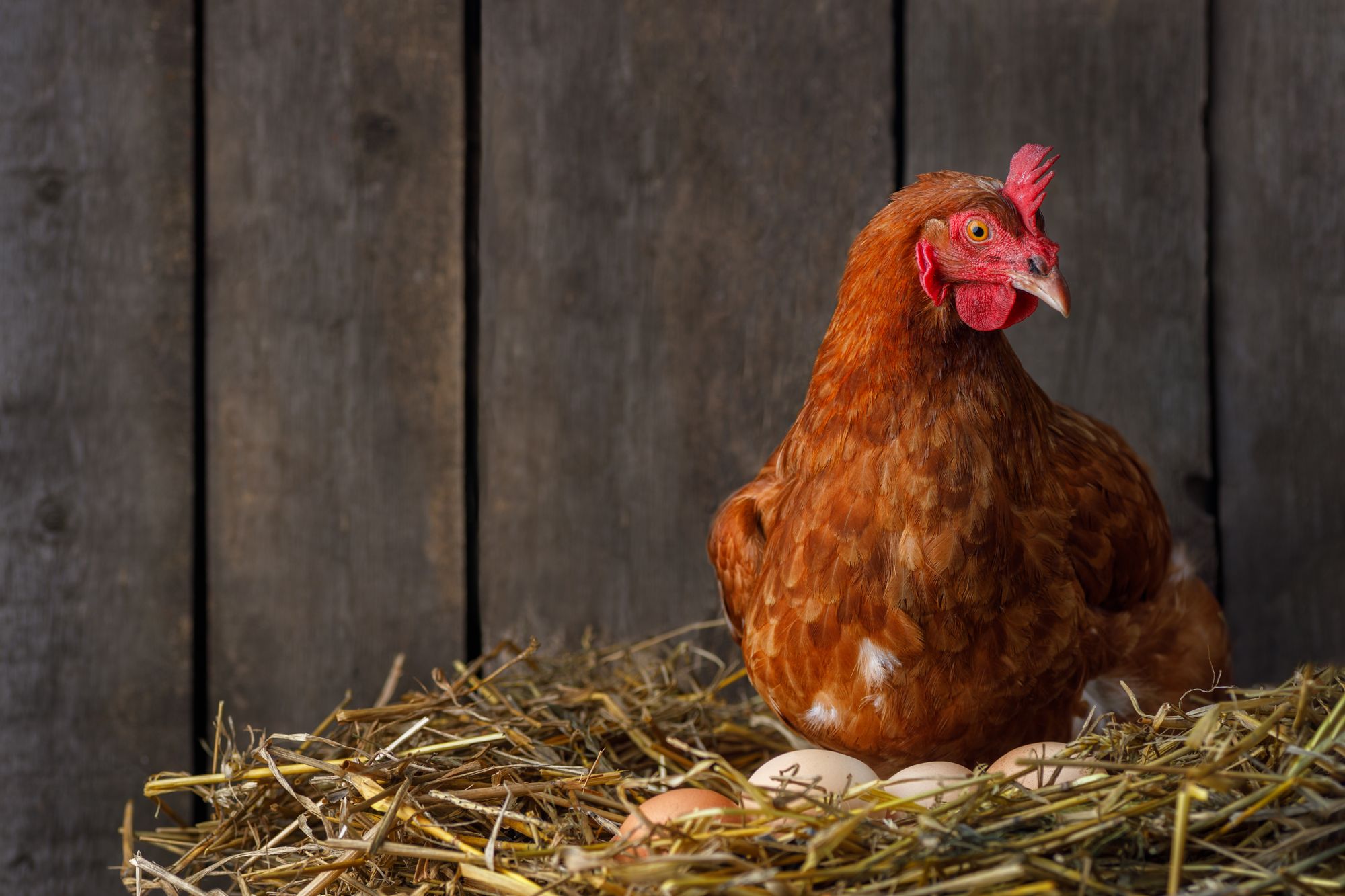All About the Bloom


If you are new to chicken keeping, then you probably have not yet had an in-depth conversation with someone about “the bloom.”
If you are the average chicken keeper, with chickens for about five or six years, then you have probably at least heard of the bloom and have maybe learned some more about it. If you are an old hat at chicken keeping then you may or may not feel competent talking in depth about the bloom and maybe even have partaken in a debate over it.
Let’s learn more about the bloom and be willing to tell others.
So, what is the bloom?
The bloom is the outermost covering on an egg and is the last part of the shell put on before the hen lays the egg. Maybe the conversations you have heard have used an alternate name for the bloom; sometimes it is called the cuticle.
In short, it is a foamy layer of protein that surrounds the egg. The shell is designed to ensure the well-being of the embryo. The egg contains thousands of pores which allow for the exchange of gases as the embryo develops. The bloom, when it is added to the shell during the final hour and a half of egg formation, blocks those pores.
Now why would the hen want to block the pores? Well, the passage way for the egg to leave the hen’s body goes right through the cloaca which is also the exit point for fecal and urinary tract material. That means bacteria to get onto, and potentially into, the egg—that yolk at the center is pretty terrific nourishment for growing bacteria, as well as the chick embryo.

The incredible, defensible egg
Although the yolk is pretty much defenseless, the rest of the egg is not. The defenses of the egg mainly come in the form of the shell and the egg white. The egg white itself does a double whammy in that is uses both mechanical and chemical means to deny bacteria access to the yolk.
The egg white is viscous and holds the yolk pretty much dead center from any side of the egg. The sides are where bacteria on the surface would come from if they were working their way inward to the yolk. (As a hen ages, or if she is sick, she may lay eggs that are of lower quality and then the yolk moves more freely within the egg, potentially bumping against a side and coming into contact with bacterial intruders.)
Also, the egg white contains lysozyme which is detrimental to bacterial contaminants.
The shell, as a defense mechanism against bacteria, has the bloom blocking the pores. The pores are large enough to allow bacteria in so that makes blocking the pores a good idea. But what about when it is time for the embryo to begin gas exchange with the outside world?
The bloom does not last for forever. It is designed to break down and be removed to open up the pores
The bloom is only between ten and thirty micrometers thick. It consists of glycoproteins, lipids, polysaccharides and inorganic phosphorous. There are two layers of the bloom. The first layer is closest to the shell’s palisade layer and it is foamy. The second layer is the outermost layer and it is more compact. The bloom does act to repel water because bacteria find water easy to travel through when attempting to colonize.
Work with the bloom
The bloom is not always consistent, though. Sometimes the bloom is not spread evenly over the shell surface. Of greater concern to he flock owner is that the bloom is most effective at preventing bacterial contamination after it is dried. The bloom takes a few minutes to dry after the egg leaves the hen’s body. In this period of time, bacteria are fully capable of entering the pores.
Have you ever touched an egg that is so fresh that it is still tacky to the touch? That is the bloom that has yet to dry. Each time you touch that tacky egg, you disrupt the bloom and lower the shell’s defenses
That is where keeping your nest boxes as clean as possible is important or else bacteria may have a chance to enter the pores before the cuticle can do its job.
Keep hens from roosting in them or else they will defecate in the nest box. Clean bedding or an Astroturf mat will do wonders for keeping your eggs cleaner.
Once the cuticle dries, it contributes to the water resistance of eggs. Water is really a super-highway for bacterial movement over the egg surface and to the egg interior though open pores. Any time an egg’s shell surface is abraded or damaged, the bloom opens up and rot-producing bacteria can potentially gain a foothold.
So keeping a clean coop, keeping a clean nest box, and keeping eggs undamaged after they are laid are all important ways of keeping bacteria at bay. The bloom in an undamaged egg with an intact cuticle does not block every single pore. At least ten to twenty pores, and usually more than that, are never blocked by the cuticle. So there is always the potential for bacteria to get inside.
Work with the bloom
So now that you know a bit more about the bloom and how it works, you can see the sticking points. The bloom, or cuticle, is not infallible. It can be defeated. So let’s return to the question of whether or not to wash your eggs since that is quite possibly the question that brought you to the topic of the bloom anyhow.
There are bacteria on the outside of eggshells when they are laid. That is a given. The outside of na fresh egg from your flock is not sterile. The bacteria are there, but will the bloom be capable of blocking the bacteria? Potentially it can, but it may not cover the entire surface and it will eventually wear off as the egg ages.
The topic of cuticle strength and coverage is an area where research needs to be done. The hen has been selected for many traits including egg size, early age of maturity, consistency of lay, and even feed efficiency, but the cuticle is really not part of the equation.
Here in the U.S., we are required to wash eggs, so the cuticle is usually washed off with a jet of water and scrubbing action. Sometimes nothing is applied to replace this, while others apply a thin layer of odorless, tasteless, mineral oil is added to the outside of the egg.
The European Union has different requirements for egg handling than we do. Their eggs sit at room temperature as they await purchase, but they also vaccinate their hens against Salmonella which is a top contributor to food-borne illness with eggs.
So if you are not washing your eggs, then the bloom is quite likely intact. If you are washing off the bloom, then indeed refrigeration should be in your equation to keep bacteria in check
What about shelf life?
Does this mean that if you do not wash your eggs that you can forego refrigeration? That is what some people want to believe. It works in Europe, but then we get into the topic of shelf life.
Unrefrigerated eggs last only about 21 days, whereas refrigerated eggs last about 50 days. You can make the decision. Do you want those precious eggs to go the extra mile or are they just an expendable product from your hens that you are happy to toss out? The choice is yours and now you have better information to help you make that decision.
However, if you sell or barter your eggs, then your state may require that you wash the eggs. You need to be up on the rules for your state. Regardless of your wishes to keep the bloom intact, you should always wash an egg that has fecal material or prominent stains on it. Nobody wants their eggs to make someone sick.
Tags:Plain Talk

Chicken Whisperer is part of the Catalyst Communications Network publication family.











